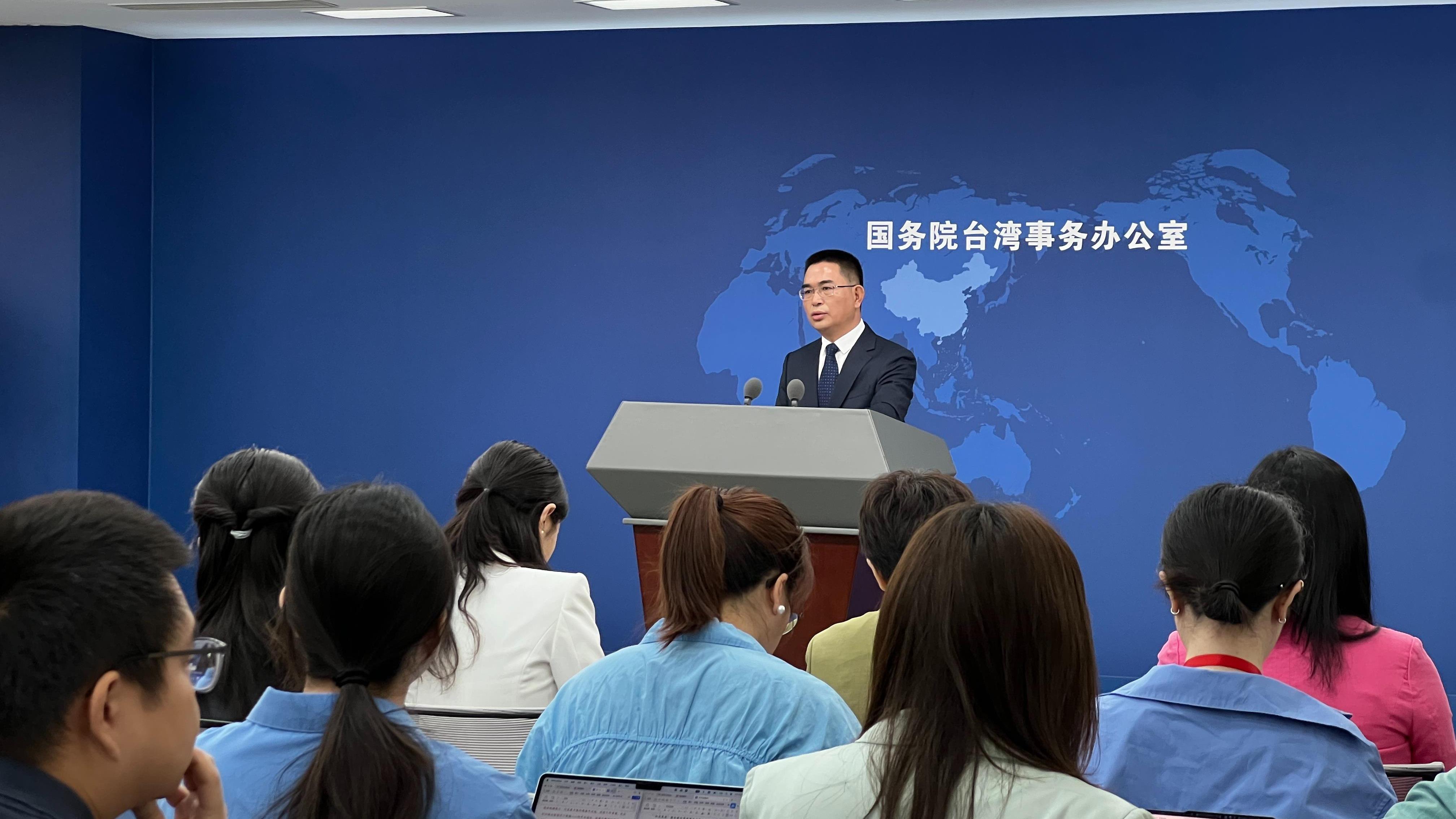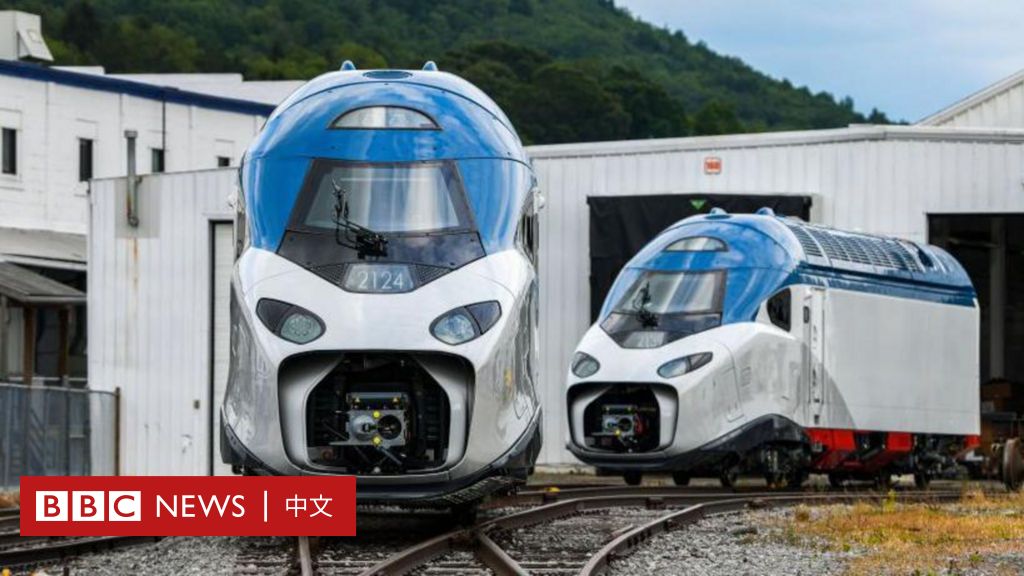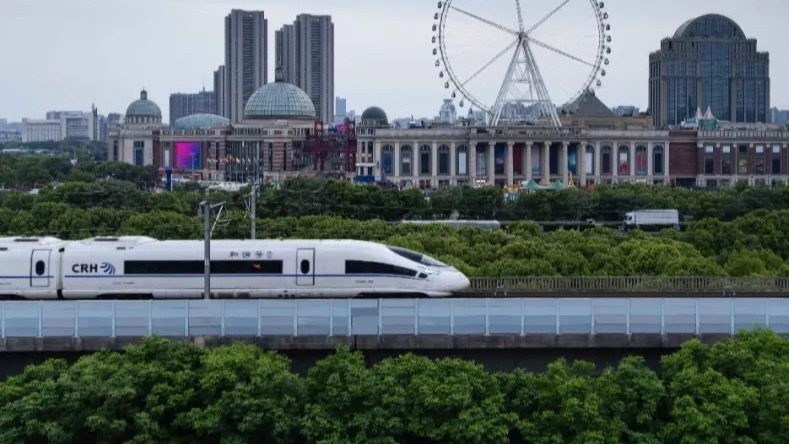
#交通运输

图拉鼎
5 天前
新华网-新华网
6 天前
央视网-央视新闻
7 天前
- 国台办:台湾方面应尽快恢复两岸海上客运直航
两岸海上客运航线是两岸民众往来的重要通道,全面恢复两岸海上客运直航,有利于两岸同胞交流往来。

人民网-人民网-人民日报
7 天前
交通运输部组织开展救捞系统海上救助演训
直升机在演训中转运遇险人员。 乔靖摄 本报北京5月27日电(记者韩鑫)27日上午,山东烟台市,交通运输部组织开展2025年度救捞系统海上救助暨防汛排险综合演训。此次演训是近年来我国北部海区规模
环球网-新华网
9 天前
新华网-新华网
12 天前
东方网-澎湃新闻
12 天前
长三角铁路端午小长假预计发送旅客1700万人次,较去年同...
长三角铁路2025年端午小长假旅客运输方案近日出台。上铁集团预计发送旅客1700万人次,日均发送旅客340万人次,较去年同期(6月7日至11日)增长6.8%,其中,5月31日为客流最高峰日,当天发送旅客有望突破380万人次,创历年端午小长假运输单日客发新高。
NHK-nhk
16 天前
- JR东日本利用新干线开展物流业务
JR东日本公司从4月18日起,利用新干线列车的部分车厢进行货物运输。

BBC News 中文-BBC News 中文
16 天前
- 美国高铁建设是否已经步入轨道
美国正在建设两条高铁线路,另外还有一些在规划之中。和其他高铁发展较快的国家相比,障碍主要在什么地方?


李老师不是你老师
1 个月前
央广网-央视新闻客户端
1 个月前
东方网-澎湃新闻
2 个月前
长三角铁路今预计发送300万人次,加大对重点时段和热门方...
铁路部门在启用高峰线运行图的基础上,加大对重点时段和热门方向的运力投放,计划增开北京、南昌、广州、武汉、郑州、西安等直通方向,以及往返上海、杭州、南京、合肥、温州、安庆、徐州、盐城等管内热门方向旅客列车126列(其中直通旅客列车27列,管内旅客列车99列),组织401列动车组列车重联运行,全力满足旅客出行需要。
央广网-央视新闻客户端
2 个月前
我国首条“丝路海运”铁矿石航线运量突破1000万吨
据福州海关统计,自2022年开通以来,我国首条“丝路海运”铁矿石航线,“丝路海运”铁矿石航线运行于巴西图巴朗港和福建罗屿港,全程10000多海里,是国际铁矿石贸易的重要物流通道。
中工网-新华社
3 个月前
- 7.38亿人次!1至2月全国铁路客流创历史新高
7.38亿人次!1至2月全国铁路客流创历史新高






